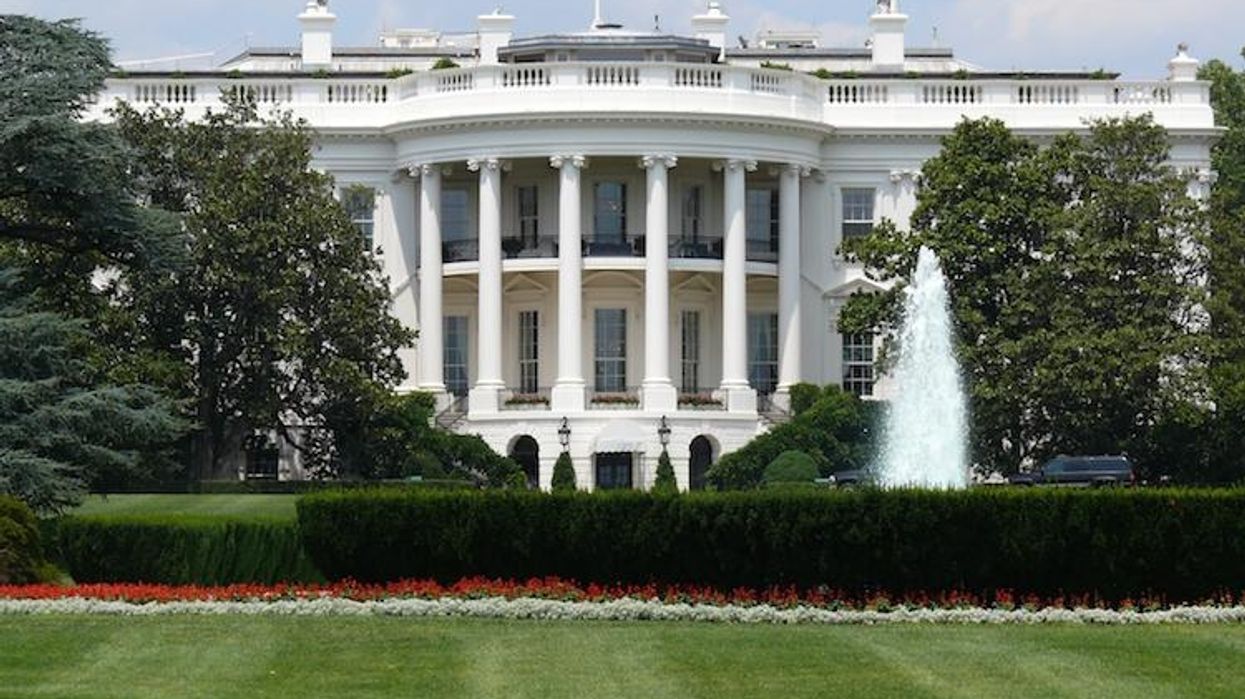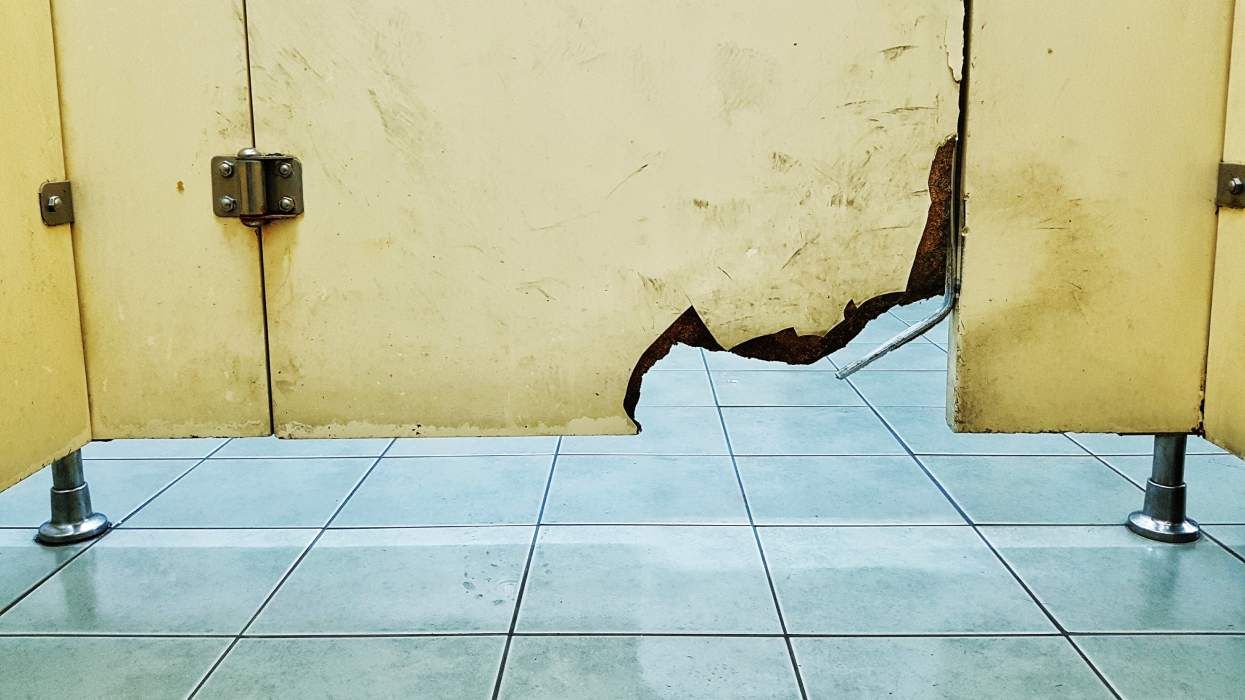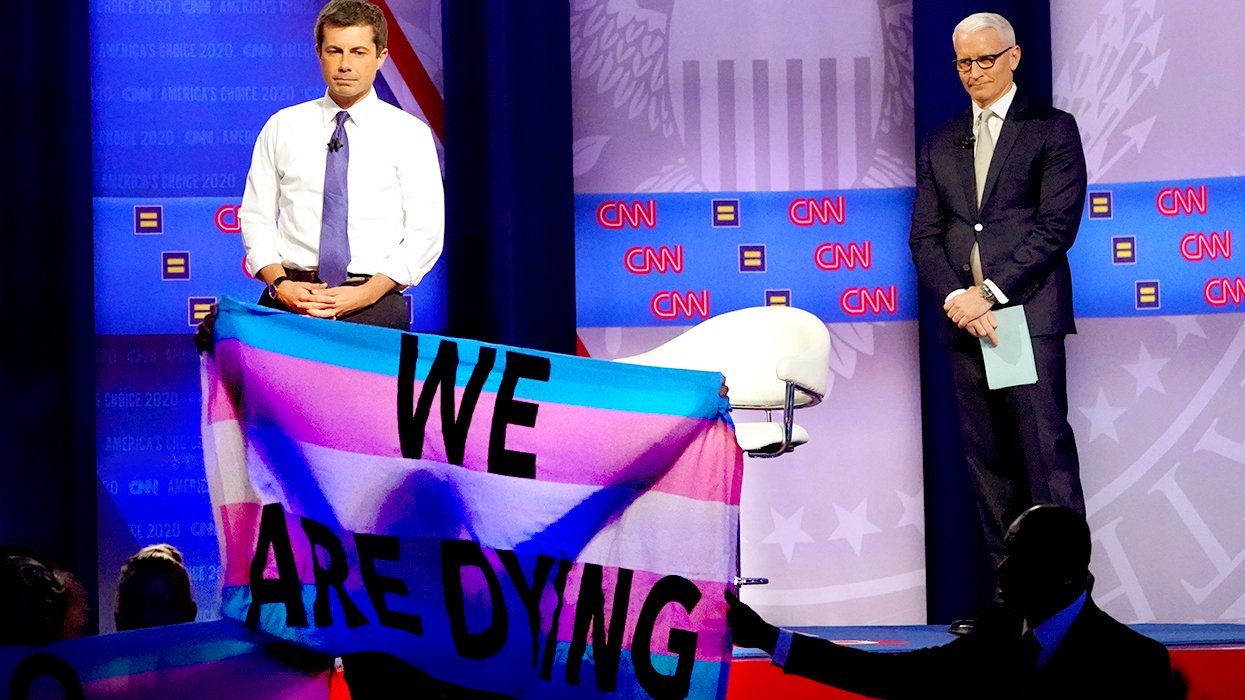With promising progress on the HIV/AIDS front in the last few years, the understandable question that follows every new advancement is, "what's next?"
Last week the White House released the National HIV/AIDS Strategy for the United States updated through the year 2020. It's vision statement read: "The United States will become a place where new HIV infections are rare, and when they do occur, every person, regardless of age, gender, race/ethnicity, sexual orientation, gender identity, or socio-economic circumstance, will have unfettered access to high quality, life-extending care, free from stigma and discrimination."
The five-year plan discusses steps that are necessary to take across different facets of the HIV/AIDS topic, including reducing new HIV infections, increasing access to care for those infected and improving health outcomes for them, reducing HIV-related disparities and health inequities, and achieving a more coordinated national response to the HIV epidemic.
RELATED | The Men Who Want AIDS -- And How It Improved Their Lives
To accompany the strategy, amfAR, The Foundation for AIDS Research, released a report commending the amount of coordinated efforts to tackle the HIV/AIDS epidemic on the federal level, but admits that to be successful, the same thing has to happen on a state level.
The foundation gave recommendations for the states so they can improve their HIV prevention and care, and align with the vision set out by the national strategy. "The burden of HIV, and the responses to it, varies across states due to a number of social, political, and economic factors," said Jeffrey S. Crowley, Program Director of the National HIV/AIDS Initiative at the O'Neill Institute for National and Global Health Law in a release. "But we have found that if states focus on a handful of priority action steps and implement them successfully, they can begin to close critical gaps and dramatically accelerate progress toward ending their HIV epidemics."
Both the national strategy and the report put emphasis on the importance of serving the populations that bear the brunt of the epidemic, including gay men and other men who have sex with men. Improving access to care and treatment services on a state level is also covered in the report, which states that a staggering 21 states, including 10 in the south, have not expanded Medicaid.
Revising and modernizing laws to help reduce stigma is also suggested. Some 33 states currently have laws that criminalize the transmission of HIV, and 38 states use general criminal laws to prosecute people with HIV for failure to disclose their status.
"The report tells us that many states have made incredible progress in effectively implementing the nation's HIV goals," said Brian Honermann, senior policy adviser of amfAR in a release. "As we look to implement the next five years of the National HIV/AIDS Strategy, we have hope that state officials and community stakeholders see this a sa helpful tool to help strengthen their HIV programs and make further progress toward ending the AIDS epidemic in America."
The National HIV/AIDS Strategy for the United States can be read in its entirety here, and the amfAR report is broken into state-by-state recommendations and can be found here.






























